Well done on your decision to start your podcast! Selecting the best platforms to host and distribute your podcast episodes is a critical next step after developing your content strategy. With so many options at your disposal, you need to make an informed choice. We’ll look at a variety of podcast distribution and hosting options in this blog, assisting you in choosing the most efficient ones to reach your target audience.
Podcast Hosting Platforms
- Libsyn (Liberated Syndication): Libsyn, also known as Liberated Syndication, is a well-known provider of hosting plans with an intuitive interface and a range of options to suit different podcasting requirements.
- Podbean: Podbean offers easy-to-use hosting plans with features like podcast website hosting, integrated monetization options, and comprehensive analytics.
- Transistor: Transistor is a great option for both novice and seasoned podcasters because it provides limitless podcast hosting, sophisticated analytics, and an easy-to-use interface.
The services that store and distribute your podcast files to podcast directories such as Apple Podcasts, Spotify, and Google Podcasts are known as podcast hosting platforms. Consider these well-known hosting platforms:
Distribution Channels
It’s time to distribute your podcast across multiple platforms after it has been hosted in order to increase its audience. The following are the main podcast directories to think about:
- Apple Podcasts: One of the biggest platforms for podcasts, Apple Podcasts is crucial for connecting with a large number of iOS users. To get the most exposure possible, make sure your podcast is listed here.
- Spotify: Due to its large user base, Spotify is a great place to distribute podcasts. By adding your podcast to Spotify, you can reach their wide-ranging listenership.
- Google Podcasts: Google Podcasts is essential for Android users due to its smooth integration with Google Assistant and Android devices. Make sure your podcast is accessible on this platform so that Android users can enjoy it.
- Stitcher: Stitcher provides users with a customized homepage and on-demand streaming. Reaching listeners who would rather stream episodes rather than download them can be accomplished by submitting your podcast to Stitcher.
Social Media and Video Platforms
- YouTube: Upload your podcast episodes to YouTube by converting them to video format. Using this method not only expands your audience but also gives you access to YouTube’s robust search and recommendation systems.
- Social Media Platforms: Use social media sites like Instagram, Twitter, Facebook, and LinkedIn to share episode updates, snippets, and behind-the-scenes material. Using these channels to interact with your audience can help you build a devoted listening base.
Owned Website
Your audience can gather in one place if your podcast has its own website. To increase engagement, you can offer show notes, embed episodes, and start a blog. Even without extensive technical knowledge, creating professional-looking podcast websites is made simple by platforms like Squarespace, Wix, and WordPress.
Selecting the appropriate platforms for your podcast is essential to successfully reaching and interacting with your target audience. You can establish a strong online presence for your podcast by choosing reputable podcast hosting services, submitting it to important directories, investigating social media and video platforms, and having your own website. Recall that every platform has a distinct audience, so expanding your distribution network can help you reach the greatest number of people and establish a connection with listeners who are interested in what you have to say. I wish you luck as you pursue podcasting!

